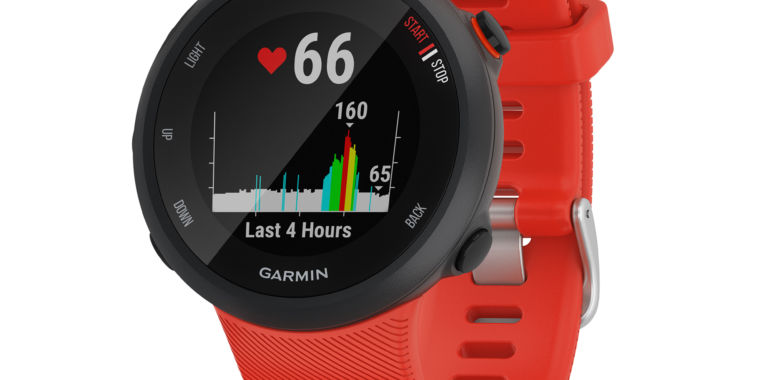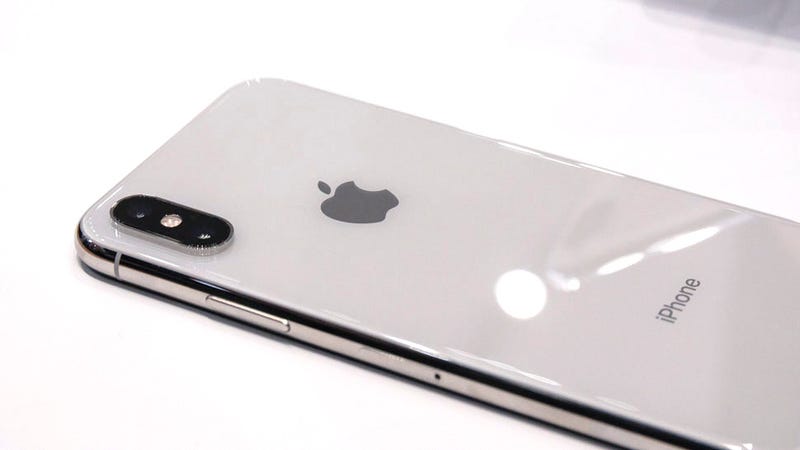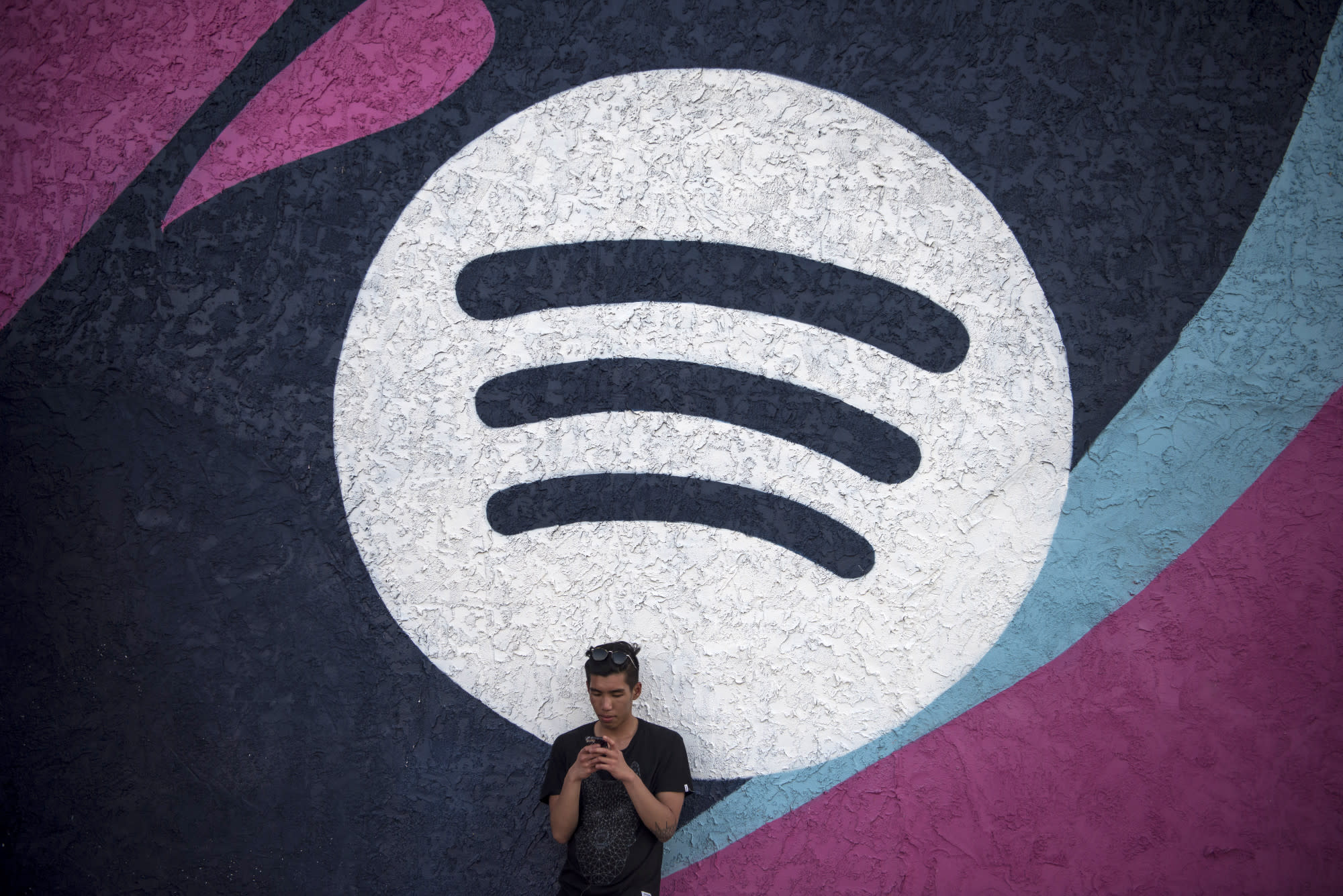The first report of a broken Galaxy Fold screen caused alarm. By the fifth, many onlookers had lost faith in Samsung's brave new foldable phone design. Samsung's one saving grace in the embarrassing, sensationalized debacle is that the issues -- three in all -- were discovered on early production units in reviewers' hands, and Samsung is delaying the Fold's official release to address what went wrong. (CNET's review unit was never affected.) These weren't the devices that Samsung customers had shelled out $1,980 apiece for, and that means the world's largest phone-maker has another shot, perhaps a slim one, to make things right.
By now, Samsung has reclaimed the Galaxy Fold units, defective and whole alike. Returning those units after a 10-day review period was always part of the deal. But there's little doubt that Samsung is also attempting to run damage control on what has become a runaway situation and a black eye for the brand's reputation as an innovator.
There's still a sliver of hope for the Fold after its new shipping date in June. After shoring up problems with the screen and hinge -- which are easily damaged and compromised -- and after finding ways to communicate to future Fold owners that they should never, under any circumstance, remove the protective screen film, there's still one thing the brand must do: give Fold owners a red carpet experience.
Read: What the Galaxy Fold's screen crease, notch and air gap are really like to use
The Galaxy Fold is not your typical phone by a long shot. At twice the cost of the excellent Galaxy S10 Plus, the Fold represents a new category that makes it phone and tablet in one. If Samsung wants to position the Fold as a "luxury" device, it will need to make buyers feel like they're part of an exclusive club with accelerated customer service, free upgrades, gifts and sneak peeks. After all, who doesn't love a good perk?
Buyers of high-end goods and services are already conditioned to expect giveaways, exclusive experiences and personalized attention. Take for example, owners of luxury cars who get a dedicated concierge service or free track instruction; winery members who are invited to private dinner pairings; and frequent fliers with airline status that gets them First Class upgrades and warm-from-the-oven chocolate chip cookies.

Galaxy Fold buyers need a little incentive.
Angela Lang/CNETSamsung, and its carrier partners, should extend a version of that philosophy to bring buyers back on board. The Galaxy Fold has a delicate screen. If it breaks, will Samsung offer an immediate fix or repair and a loaner phone in the meantime? What about a dedicated customer service number to troubleshoot issues?
Read: Bad as it was, the Galaxy Fold debacle could have been worse
The Galaxy Fold comes with a case and a set of wireless Galaxy Buds in the box, but maybe Fold buyers should also get access to elite wallpapers, a mountain of Samsung Rewards points that can be redeemed for other items, or $20 free Samsung Pay credit.
Paying $2,000 for a phone was already a lot to ask even before the Fold's screen issues turned early buyers into guinea pigs for emerging technology. Samsung should want to reduce buyers' skittishness, and work to hook their loyalty, by reducing the risk of ownership while also making it worth people's effort to go out on a limb for a product do-over.
Will perks make buyers come back? Maybe not the on-the-fence observers or industry watchers who prefer to wait for bendable glass screens or cheaper entry prices.
Read: Sorry, the Galaxy Fold and 5G will make your phone more expensive in 2019
But for the bleeding-edge early adopters for whom the Fold may not be an only phone, or those who are still committed to the foldable phone vision, knowing that Samsung is providing both a safety net and a carrot could make enough of a difference to give the Galaxy Fold a second chance.
Samsung did not respond to a request for comment.
https://www.cnet.com/news/samsungs-best-way-out-of-the-galaxy-fold-screen-mess-suck-up-to-buyers/
2019-04-30 11:00:06Z
52780281167175









